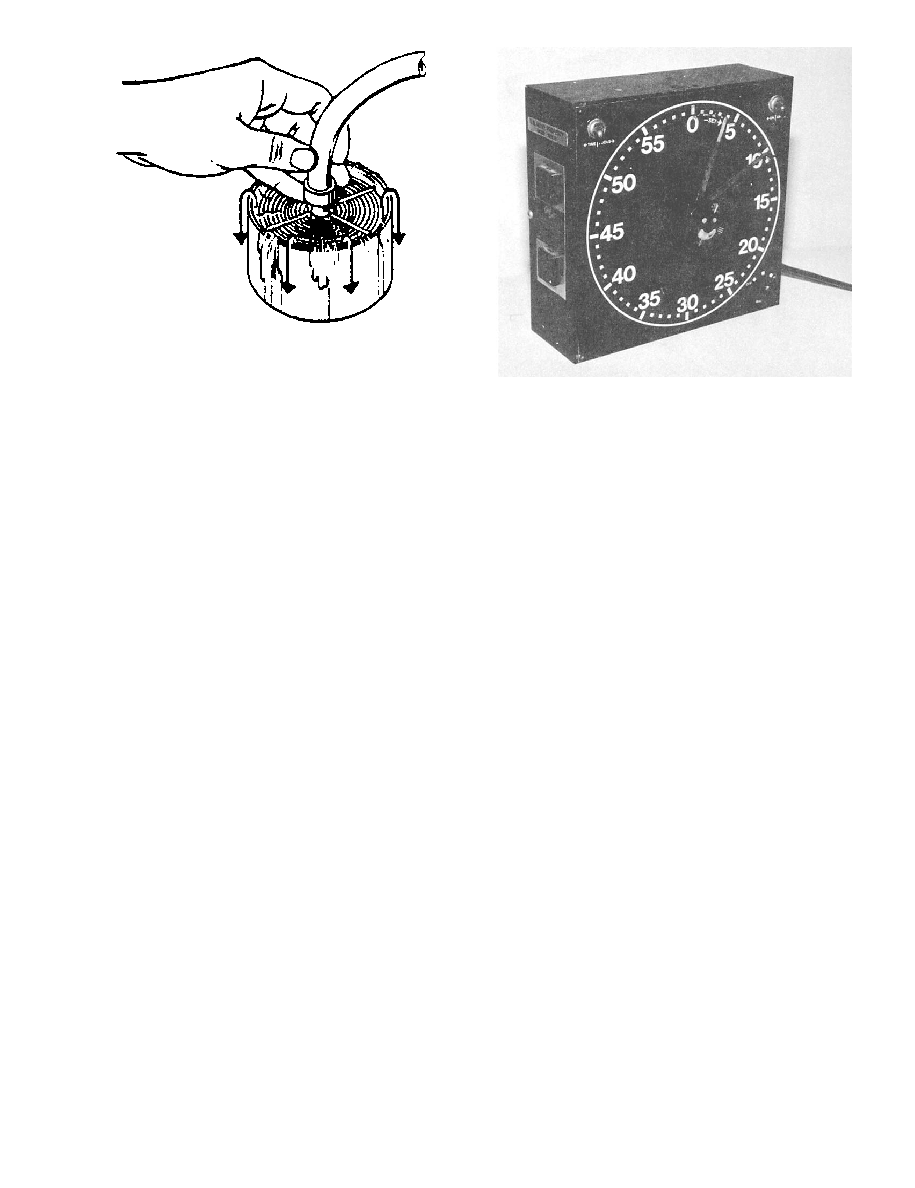
DOFMaster
for Windows
On-line
Depth of Field
Calculator
DOFMaster for Mobile Devices
On-line
Depth of Field
Table
Hyperfocal
Distance Chart
Articles
FAQ
Recommended
Books
Support
Contact
Links
Home
for Windows
On-line
Depth of Field
Calculator
DOFMaster for Mobile Devices
On-line
Depth of Field
Table
Hyperfocal
Distance Chart
Articles
FAQ
Recommended
Books
Support
Contact
Links
Home
As an Amazon Associate I earn from qualifying purchases.
![]()
discharging the water from the top of the tank, you can
remove more hypo in a shorter time.
processing tank, simply push a small hose down into the
water overflows steadily from the tank (fig. 10-9).
sweep second hand. The timer most commonly used in
the Navy is a Gray Lab timer (fig. 10-10). Not only does
this timer have a minute and sweep second hand but the
in the dark A Gray Lab timer also has an alarm (buzzer)
that indicates when the time for processing is up.
three distinct phases, beginning with preparation. First,
must be arranged so it is easy to locate in the dark The
second phase is processing. If you are not familiar with
darkroom work, you should complete ALL the
processing steps with dummy or practice film and water
to substitute for processing solutions under white light
is film drying.
solutions. There are five steps in the black-and-white
processing phase. The first step is development. In this
step the film is placed in a developer that transforms the
latent image into a visible black metallic silver image.
In the second step the developing solvents are
neutralized, and development is retarded or stopped by
involves placing the film into a fixing bath to remove
the light sensitive, undeveloped silver halides. The
fourth step is to wash the film to remove all the
chemicals, and the last step is to dry the film. Each of
these steps is explained further in this chapter, since
there are certain controls that must be applied to each
step.
safelight conditions or in total darkness. The steps that
must be done in darkness or under suitable safelight
conditions begin when the film package, holder, or roll
is opened and end when the film is removed from the
Basic Photography Course

As an Amazon Associate I earn from qualifying purchases.
WWW.DOFMASTER.COM
© 2006 Don Fleming. All rights reserved.
© 2006 Don Fleming. All rights reserved.